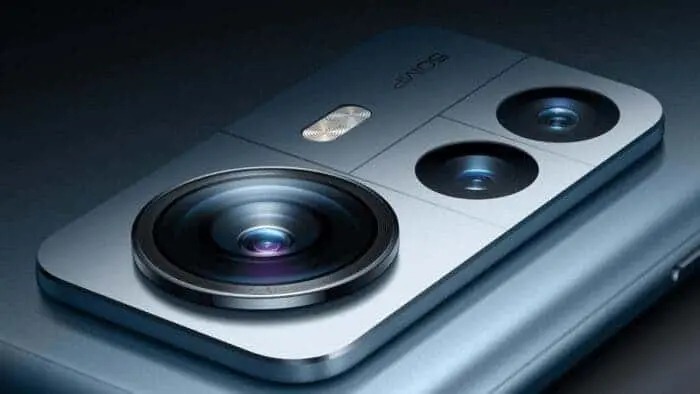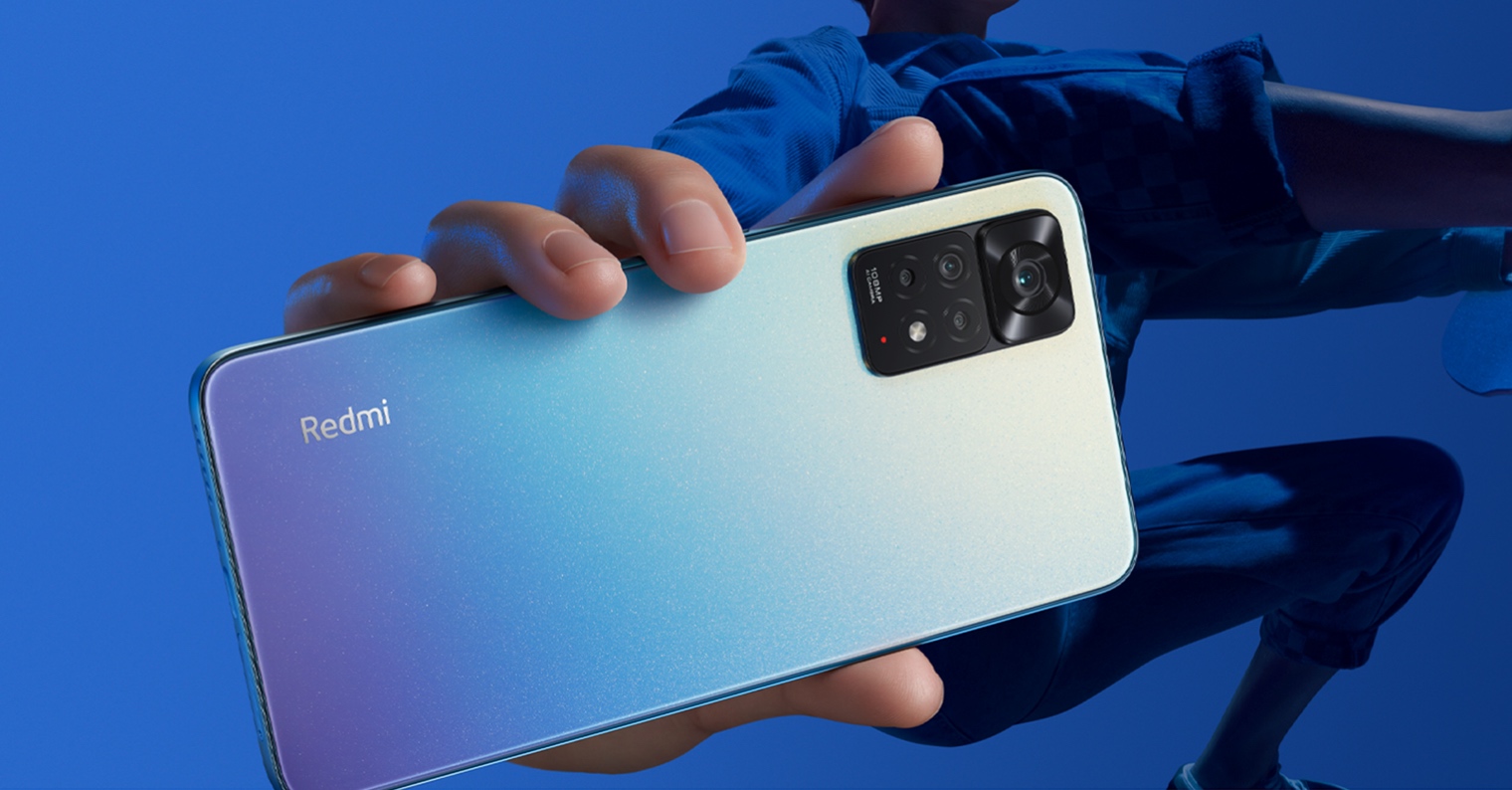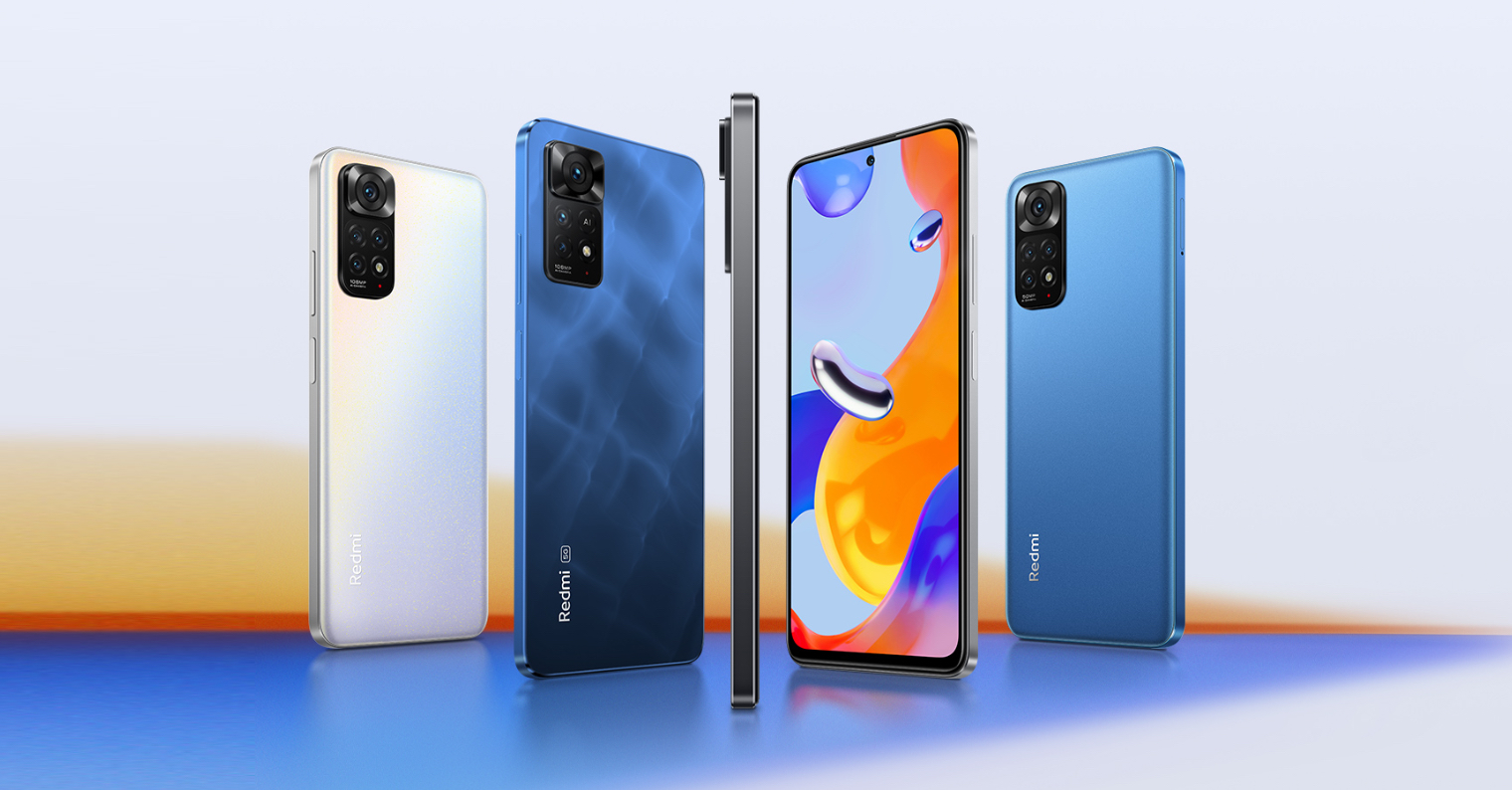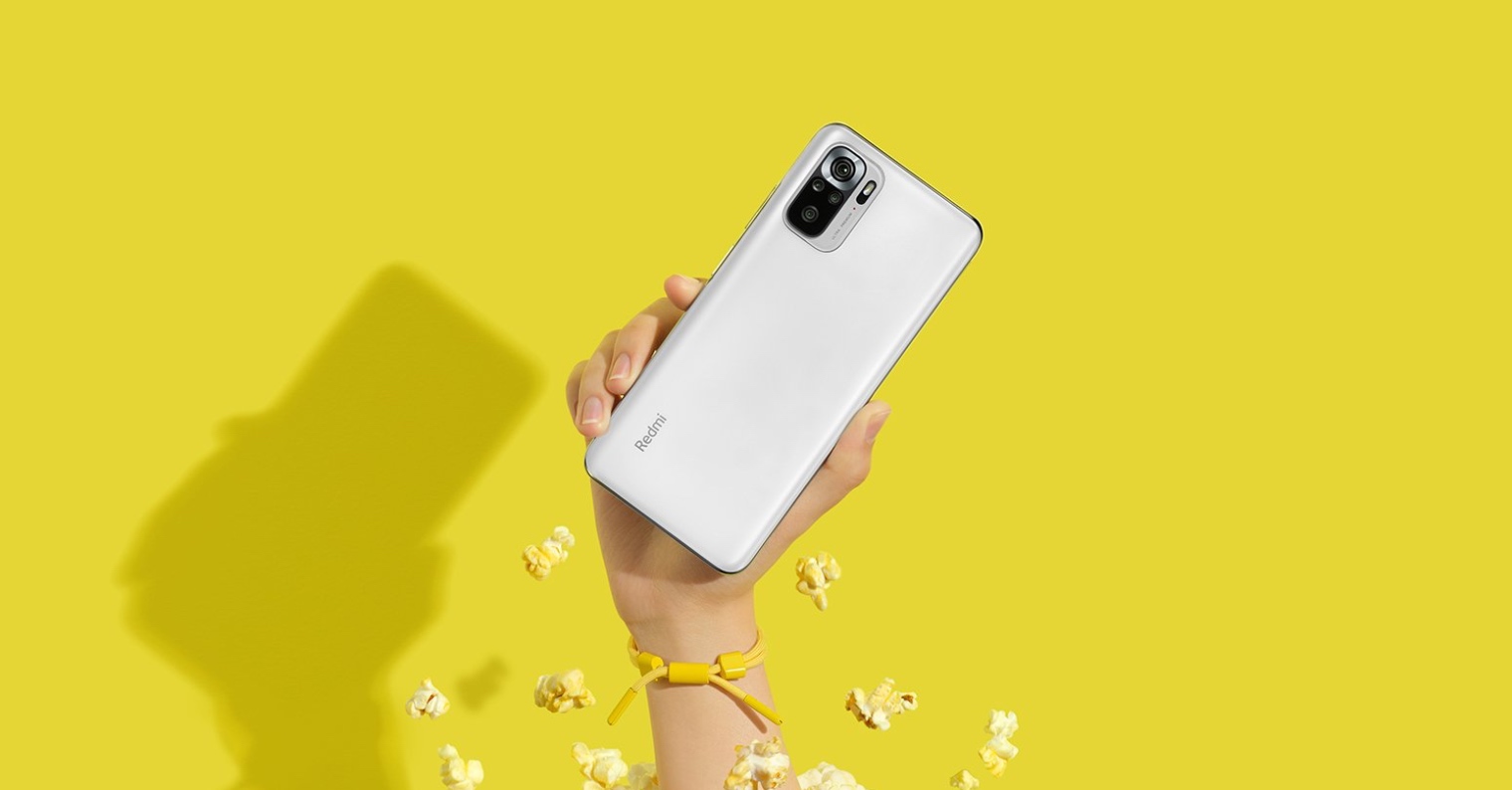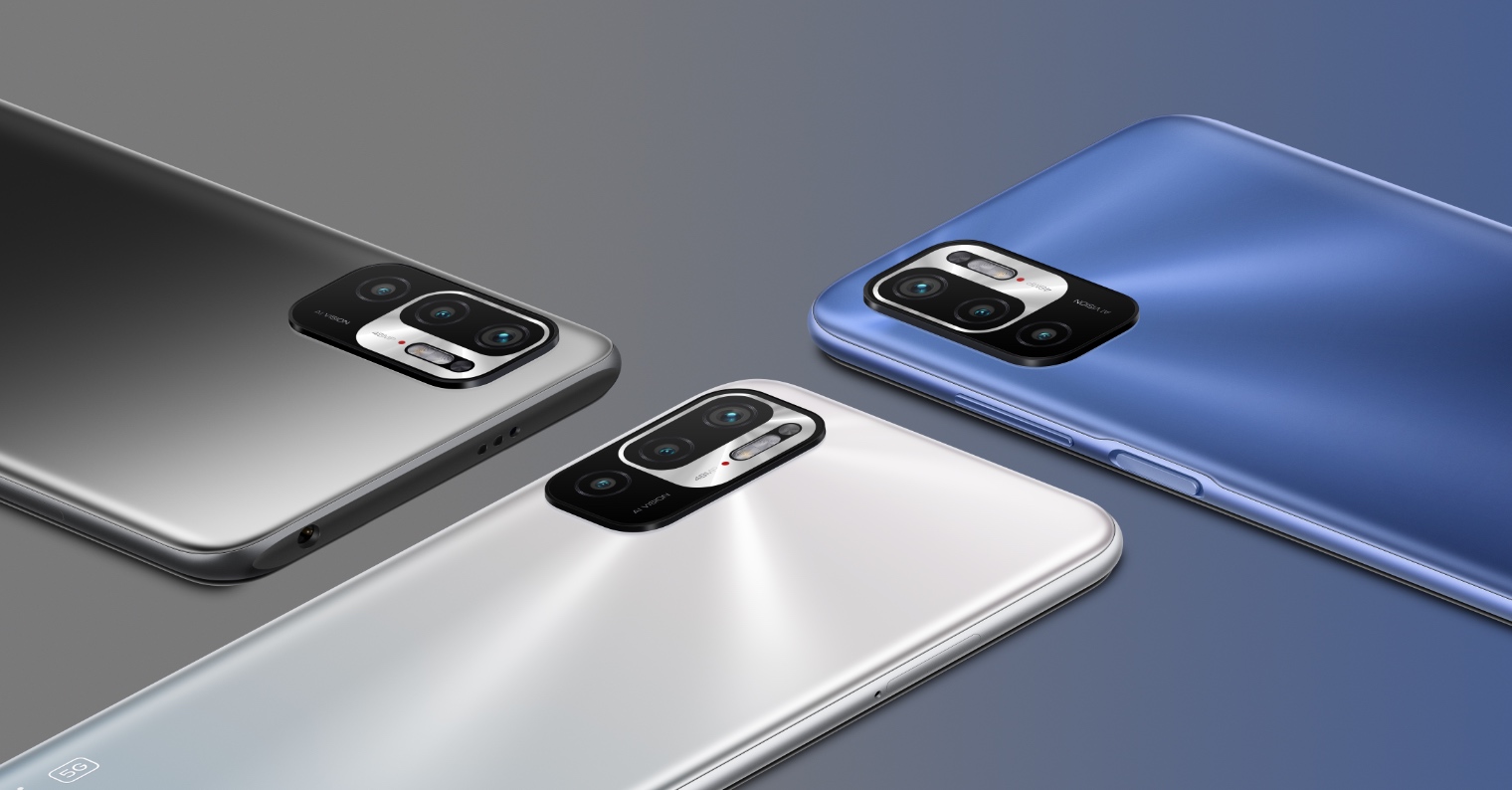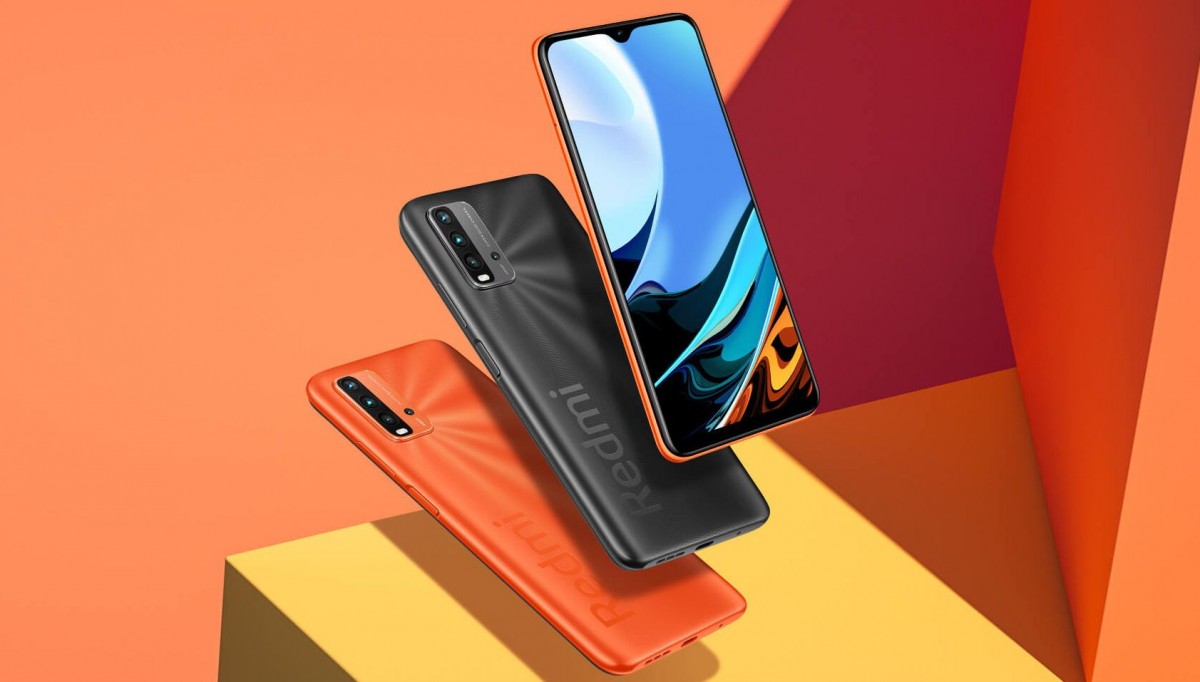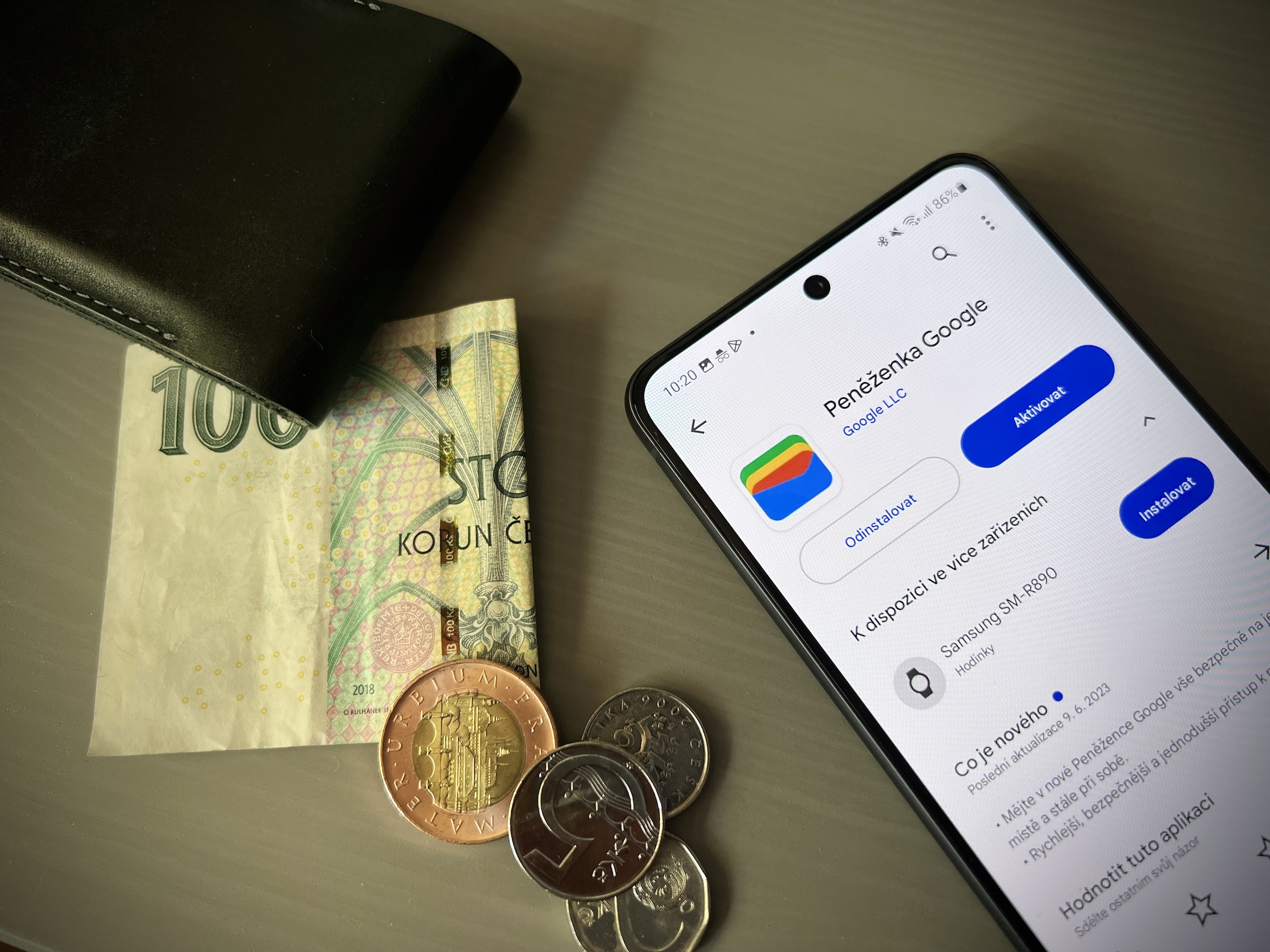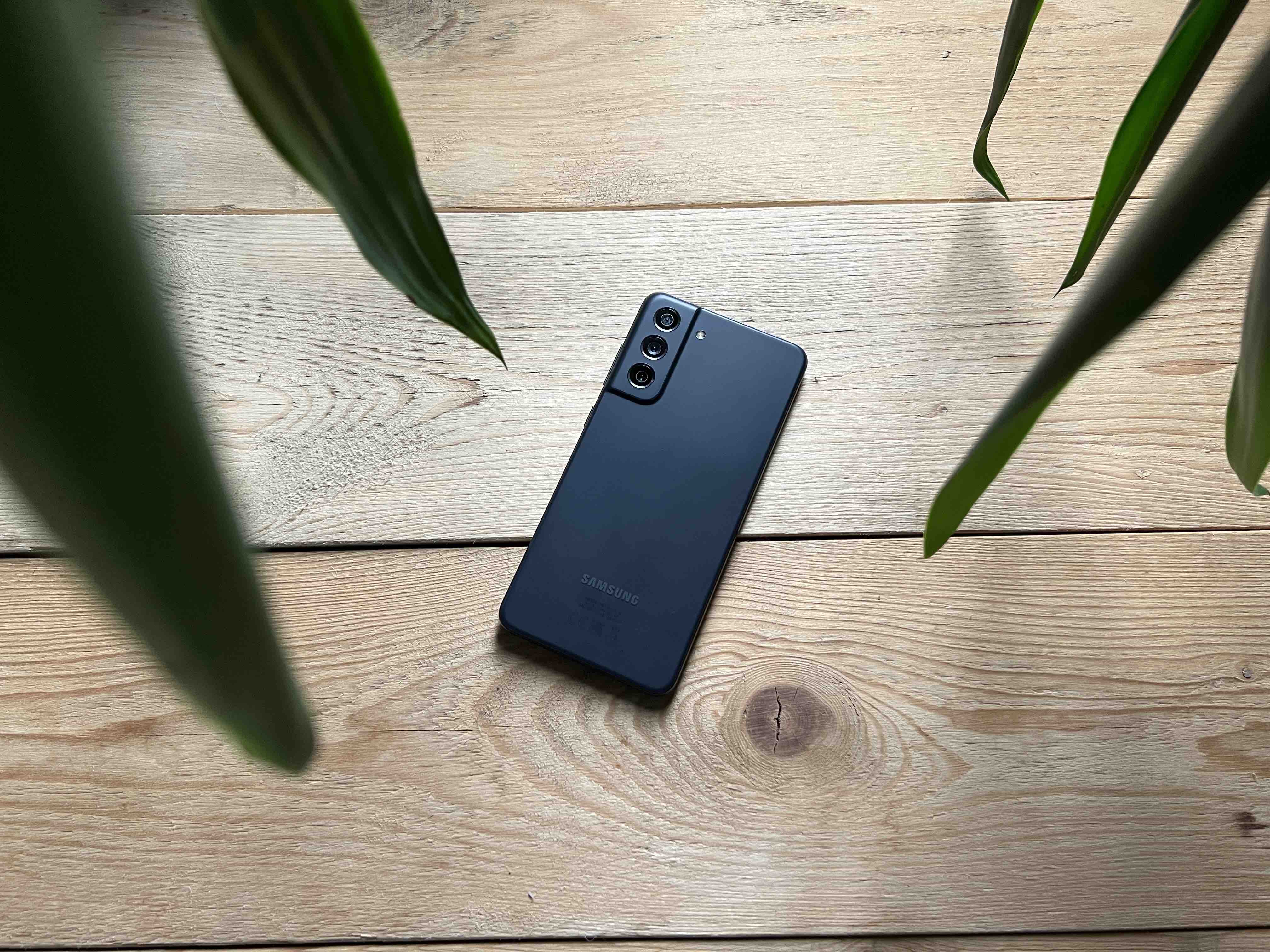We have such a mess going on here. It's been a month since the phone performance throttling case surfaced Galaxy. But the Games Optimization Service function was doing it for our good, to balance the performance, the heating of the device and its energy consumption - that's how Samsung reasoned. It could be said that a very similar case is now affecting Xiaomi as well, and others will surely follow.
However, if we were to mention Samsung as the mastermind behind this case, we would be doing it a bit of a disservice. In this respect, OnePlus has the infamous lead. It also removed its benchmark Geekbench from its tests, when the affected models of the Samsung series followed this pattern Galaxy S and Tab S8 tablets.
You could be interested in
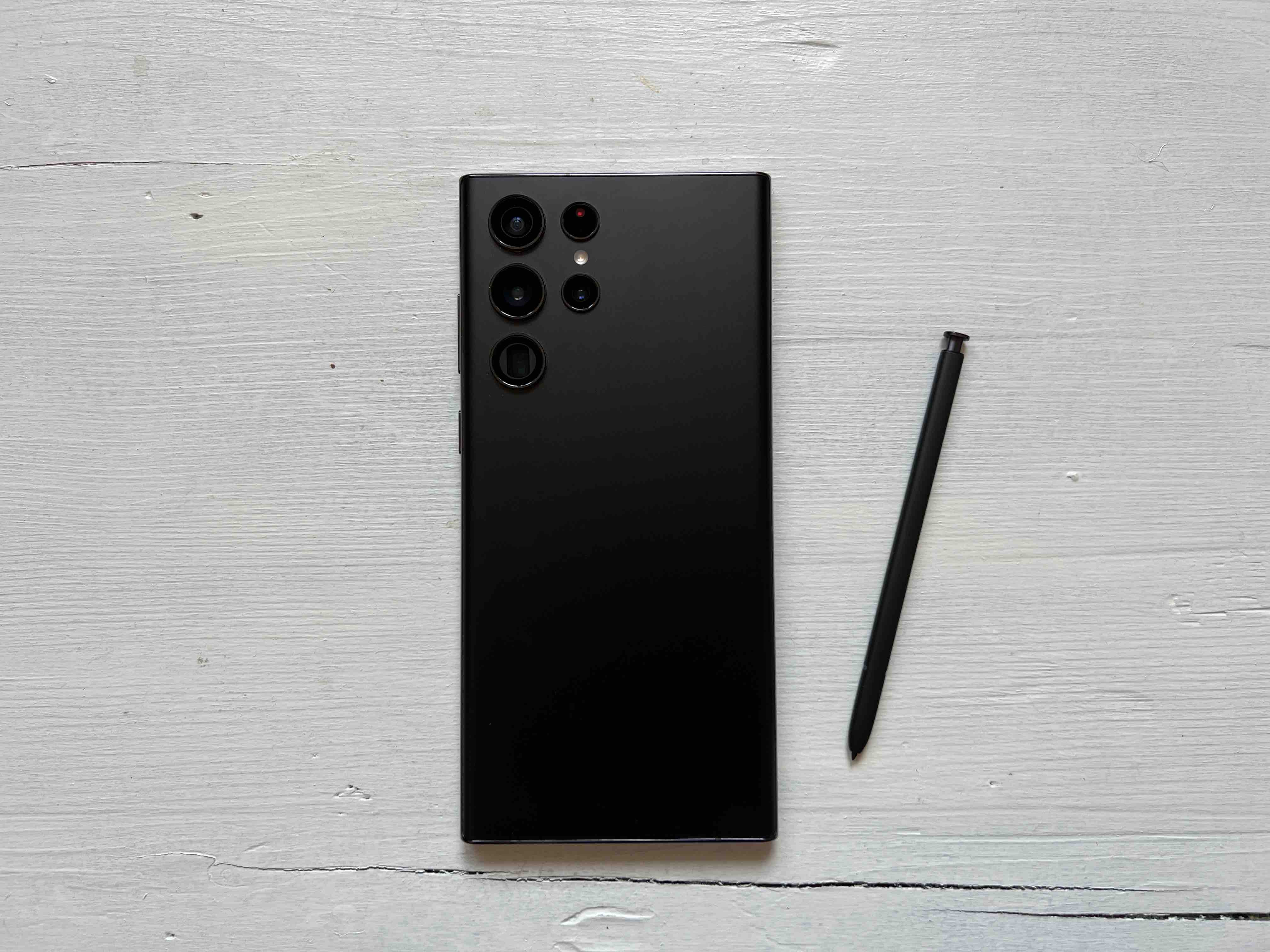
The situation at Xiaomi
It's quite simple. When one cheated, it's very likely that others cheated too, which is why phones from other brands came under scrutiny. It was enough to do a few control measurements and it became clear that even the Xiaomi 12 Pro and Xiaomi 12X smartphones throttle power where it suits them and let it "flow" freely elsewhere.
However, the problems are not limited to the manufacturer's flagship series, which throttled its performance in certain titles by up to 50%. This also applies to the previous Xiaomi Mi 11 series, although in this case there was only a 30% drop. It is quite interesting to see that the case has surfaced only now, while it looks like a common practice for many years. Samsung has already limited the range Galaxy S10, which is why it was also removed from Geekbench.
Just as Samsung responded to the case, so did Xiaomi. It said that it offers three different kinds of modes affecting the performance according to the needs of the given applications, which of course are closely related to maintaining the ideal temperature of the device. It is primarily about whether the application or game requires maximum performance for a short or long time. Accordingly, it is subsequently chosen whether to provide maximum performance, or to prioritize energy saving and the ideal temperature of the device.
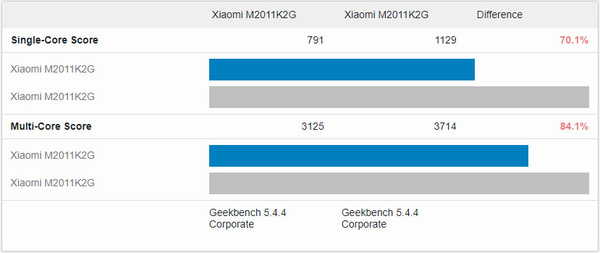
With Samsung, this is somewhat more transparent, because it is known what the function is called and the fact that it suppresses more than 10 titles. We also know a form of correction in the form of an update that gives the user the ability to influence the throttling. At Xiaomi, we don't know how the "strangled" titles are chosen, although here too it could be based on the title of the title.
You could be interested in
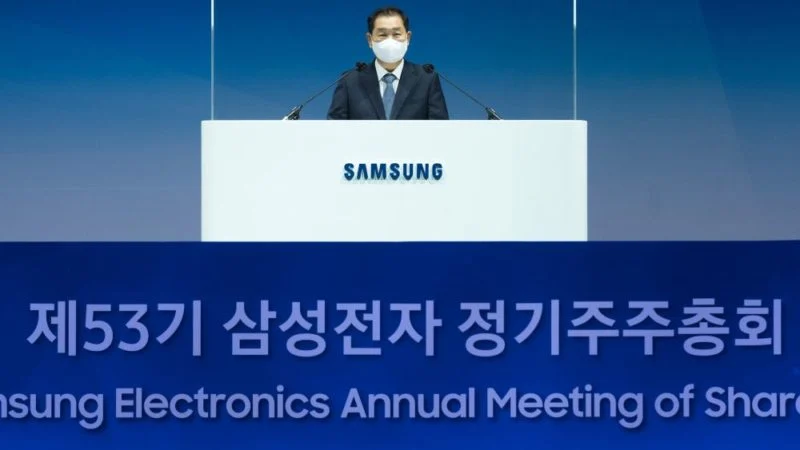
Who will follow?
It is not out of place to think that Redmi or POCO devices, which fall under Xiaomi, will be in a similar situation. However, the company can act quickly and prevent lawsuits with timely updates. However, other brands should behave similarly, if they know that it can happen to them too. But the whole situation raises a question regarding the performance struggles of the most modern chips, when the whole thing somehow loses its meaning.
What's the point of having the most powerful machine that doesn't even use its potential? It can be seen that modern chips have power to spare, but the devices in which they are installed are not able to cool them, and they also have reserves in the power of the battery, which simply cannot sustain them. A new battle could thus begin to take place not in the field of the size of battery capacities, but rather in their more efficient use. It will also be more complicated with cooling, because the devices are simply limited by their size, where you can't invent much.





